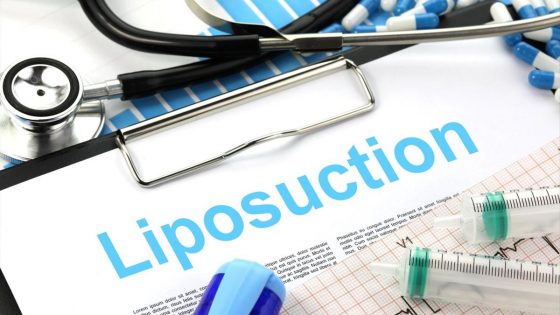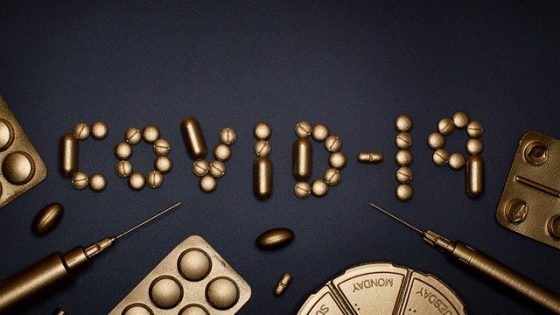Cushing syndrome
A condition in which there is too much cortisol (a hormone made by the outer layer of the adrenal gland) in the body. Cushing syndrome may be caused by taking too many steroid drugs or by certain types of tumors. Tumors that make adrenocorticotropic hormone (ACTH) cause the adrenal gland to make too much cortisol. Symptoms of Cushing syndrome include a round face, thin arms and legs, severe fatigue and muscle weakness, high blood pressure, high blood sugar, purple or pink stretch marks on the skin, and weight gain, especially in the abdomen. Also called hypercortisolism.
custirsen sodium
A substance being studied in the treatment of cancer. It blocks the production of a protein called clusterin, which helps cells live longer. This may kill cancer cells that need clusterin to grow. It may also make cells more sensitive to anticancer drugs. It is a type of antisense oligonucleotide, and a type of chemosensitizing agent. Also called OGX-011.
cutaneous breast cancer
Cancer that has spread from the breast to the skin.
cutaneous leiomyoma
A benign (not cancer) tumor that forms in the muscle tissue around a hair follicle (the opening on the skin through which hair grows). Cutaneous leiomyomas appear as small bumps that may be the same color as, or darker than, the nearby skin. They usually occur on the arms, legs, chest, and abdomen. Cutaneous leiomyomas tend to increase in size and number over time and can be painful to the touch or in cold temperatures. They often occur in patients with an inherited condition called hereditary leiomyomatosis and renal cell cancer.
cutaneous squamous cell carcinoma
Cancer that begins in cells that form the epidermis (outer layer of the skin). It usually occurs on areas of the skin that have been exposed to natural sunlight or artificial sunlight (such as from tanning beds) over long periods of time. These areas include the face, ears, lower lip, neck, arms, or back of the hands. It may also occur on areas of the skin that have been burned or exposed to chemicals or radiation. Cutaneous squamous cell carcinoma may appear as a firm red bump, a scaly red patch, an open sore, or a wart that may crust or bleed easily. Cutaneous squamous cell carcinoma that has not spread can usually be cured. Also called squamous cell carcinoma of the skin and squamous cell skin cancer.
cutaneous T-cell lymphoma
Any of a group of T-cell non-Hodgkin lymphomas that begins in the skin as an itchy, red rash that can thicken or form a tumor. The most common types are mycosis fungoides and Sézary syndrome.
CVA
In medicine, a loss of blood flow to part of the brain, which damages brain tissue. CVAs are caused by blood clots and broken blood vessels in the brain. Symptoms include dizziness, numbness, weakness on one side of the body, and problems with talking, writing, or understanding language. The risk of CVA is increased by high blood pressure, older age, smoking, diabetes, high cholesterol, heart disease, atherosclerosis (a buildup of fatty material and plaque inside the coronary arteries), and a family history of CVA. Also called cerebrovascular accident and stroke.
CVP
An abbreviation for a chemotherapy combination used to treat slow-growing forms of non-Hodgkin lymphoma (NHL) and chronic lymphocytic leukemia (CLL). It includes the drugs cyclophosphamide, vincristine sulfate, and prednisone. Also called CVP regimen.
CVP regimen
An abbreviation for a chemotherapy combination used to treat slow-growing forms of non-Hodgkin lymphoma (NHL) and chronic lymphocytic leukemia (CLL). It includes the drugs cyclophosphamide, vincristine sulfate, and prednisone. Also called CVP.













